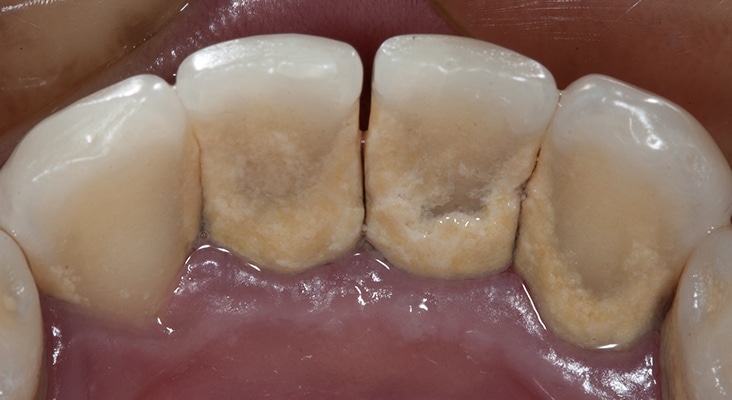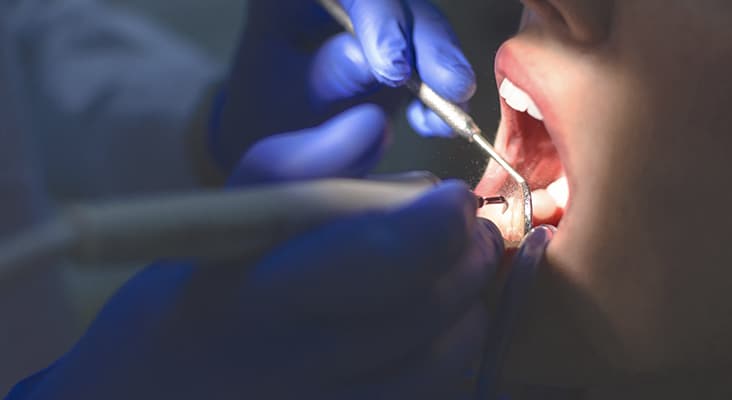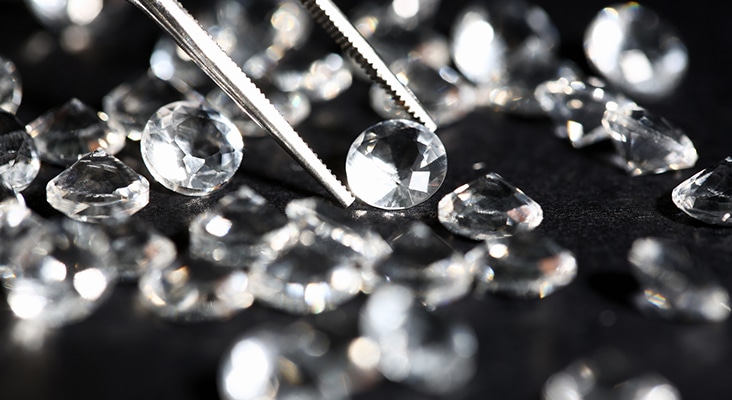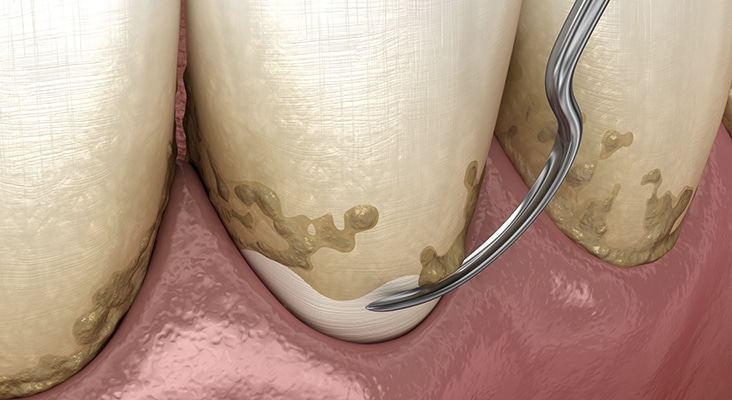Importance of Instrument Selection
The mechanical removal of deposits—from plaque biofilm to calculus —is key to effectively caring for patients with different oral health statuses, including those with a healthy periodontium, gingival inflammation, or impaired junctional epithelium and alveolar bone.







